In the lush, dense rainforests and sprawling savannas of the world, an extraordinary spectacle unfolds, largely unnoticed by human eyes. Social spiders, often overshadowed by their solitary cousins, exhibit a level of collaboration and teamwork reminiscent of a pack of wolves. These eight-legged wonders have fascinated scientists and nature enthusiasts alike with their unique hunting strategies and communal living. Unlike the typical image of a lone spider spinning its web, social spiders thrive in a world where cooperation is key, offering a glimpse into the wonders of nature’s complex social structures.
The Fascinating World of Social Spiders

Social spiders, belonging to several genera including Anelosimus and Stegodyphus, defy the typical perception of spiders as solitary creatures. These spiders live in colonies that can number in the thousands, creating a bustling community underpinned by teamwork and mutual support. Their webs, expansive and intricate, serve as both a home and a hunting ground, capturing prey that would be unattainable for a single spider. Within these colonies, the spiders work together, sharing resources and responsibilities, much like a harmonious society. This cooperative lifestyle not only ensures survival but also offers an intriguing study of communal living in the animal kingdom.
Teamwork in the Animal Kingdom

In the world of social spiders, teamwork is not just a survival mechanism but a way of life. Much like a pack of wolves, these spiders collaborate in hunting, building webs, and raising their young. Their communal webs are a testament to their collective effort, stretching across vast areas to trap prey efficiently. By working together, they can subdue larger insects that would otherwise be too formidable for an individual spider. This cooperation extends to sharing food and caring for each other’s offspring, creating a close-knit community where every member plays a vital role.
A Closer Look at Anelosimus eximius
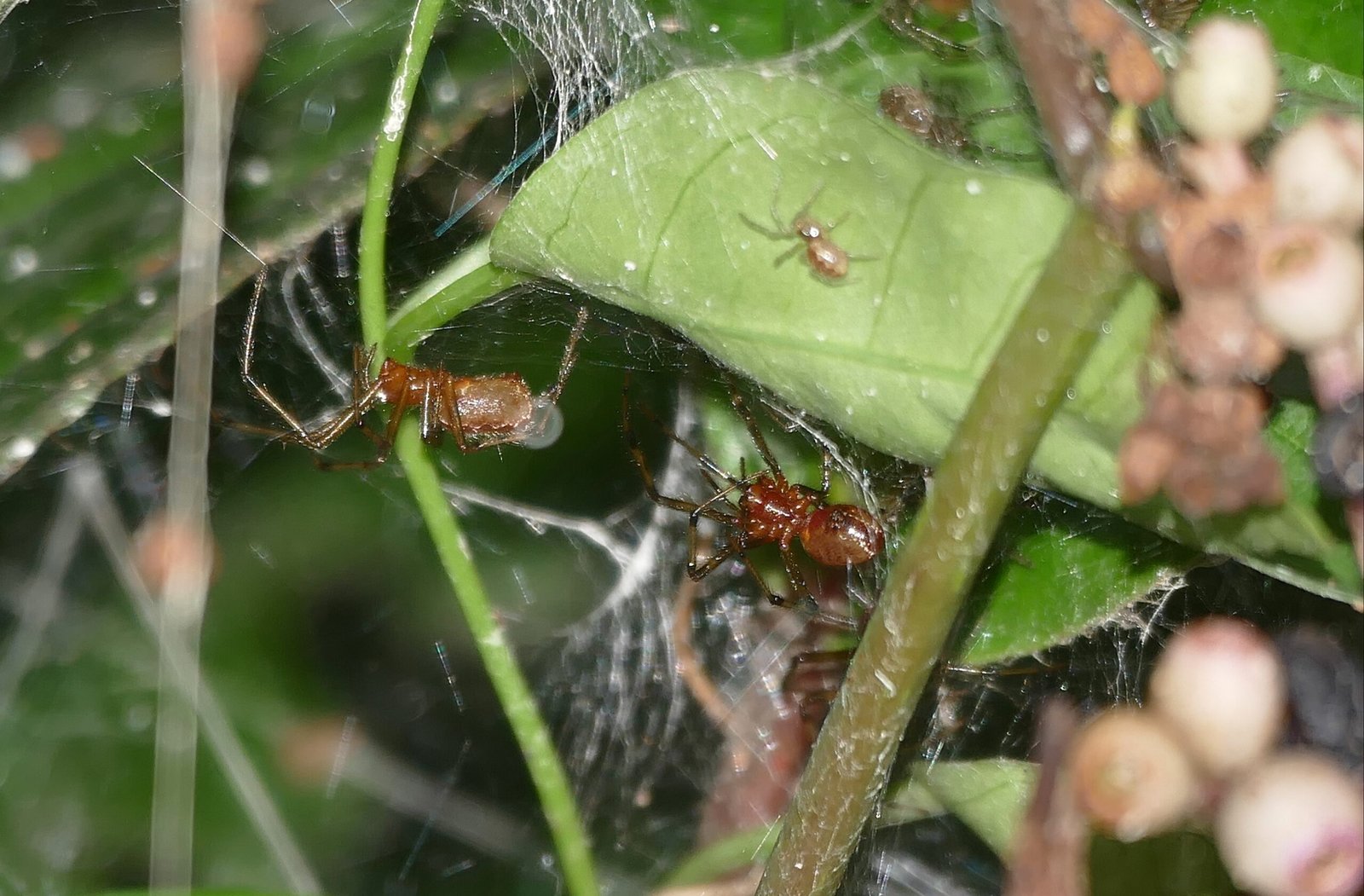
Among the most studied social spiders is Anelosimus eximius, a species known for its impressive colonies and cooperative behavior. Native to Central and South America, these spiders build enormous webs that can span several meters, housing thousands of individuals. Within these webs, the spiders coordinate their movements to capture prey, with some members acting as scouts while others reinforce the web or care for the young. This division of labor ensures the colony’s efficiency and success, allowing them to capture prey that provides sustenance for the entire group. Anelosimus eximius represents the pinnacle of social spider organization, offering insights into the benefits of communal living.
The Role of Communication
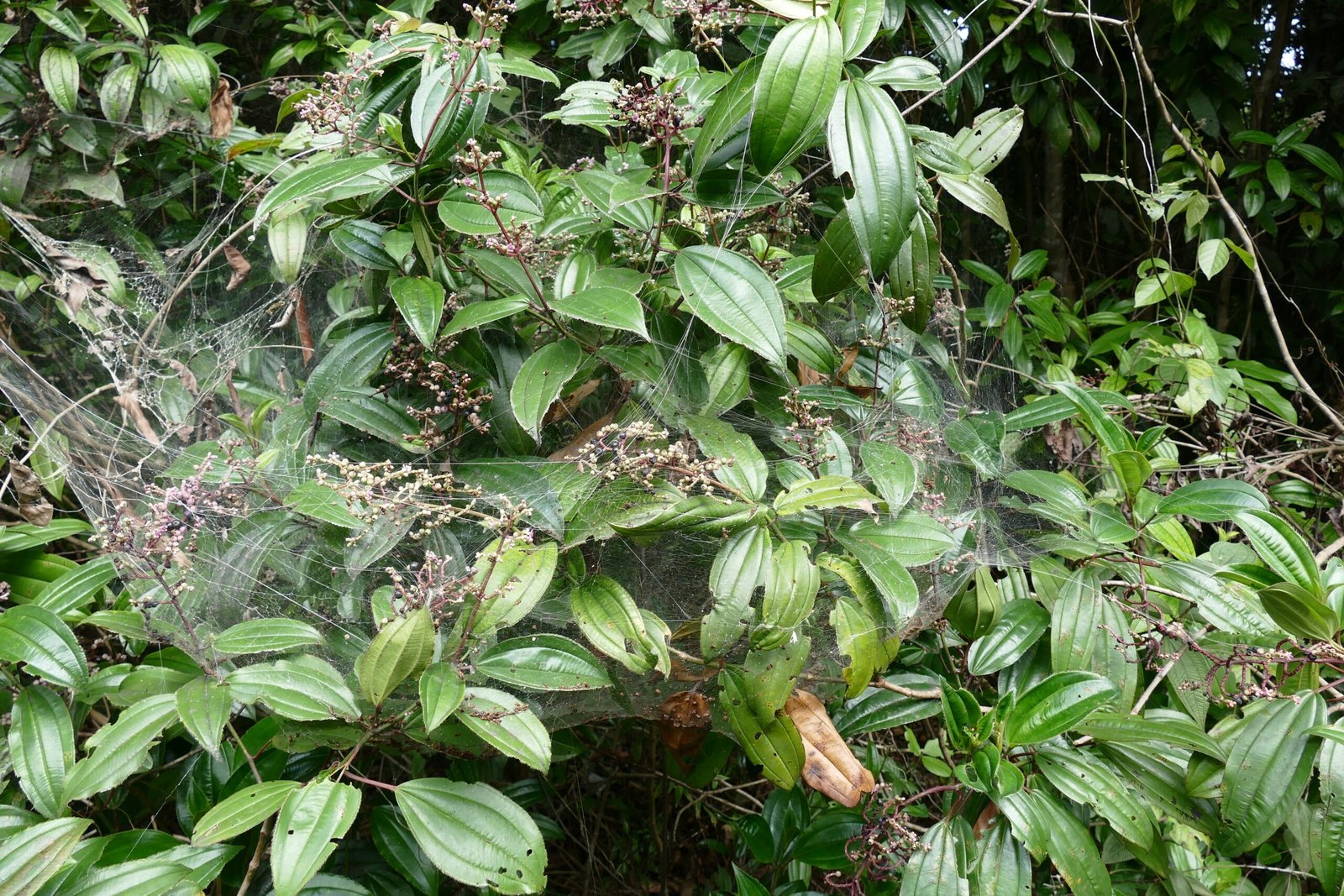
Communication is a cornerstone of social spider behavior, enabling them to coordinate their activities and maintain harmony within the colony. Unlike wolves, spiders lack vocal cords, so they rely on vibrations and chemical signals to convey information. Web vibrations play a crucial role in alerting colony members to the presence of prey or potential threats. Chemical cues, meanwhile, help in recognizing colony members and maintaining social bonds. Through these non-verbal means, social spiders achieve a level of coordination that rivals more vocal species, showcasing the diverse ways nature has evolved to facilitate teamwork.
Web Building: A Collective Effort
The construction of a social spider’s web is a remarkable feat of engineering and cooperation. Each spider contributes its silk, weaving it into the collective structure that serves as both a trap and a home. This shared web not only maximizes prey capture but also provides a safe haven for the colony. The silk itself is a marvel of nature, with properties that make it incredibly strong and flexible. By pooling their resources, social spiders create webs that are far more effective than those of solitary spiders, demonstrating the power of collaboration.
Predator and Prey Dynamics
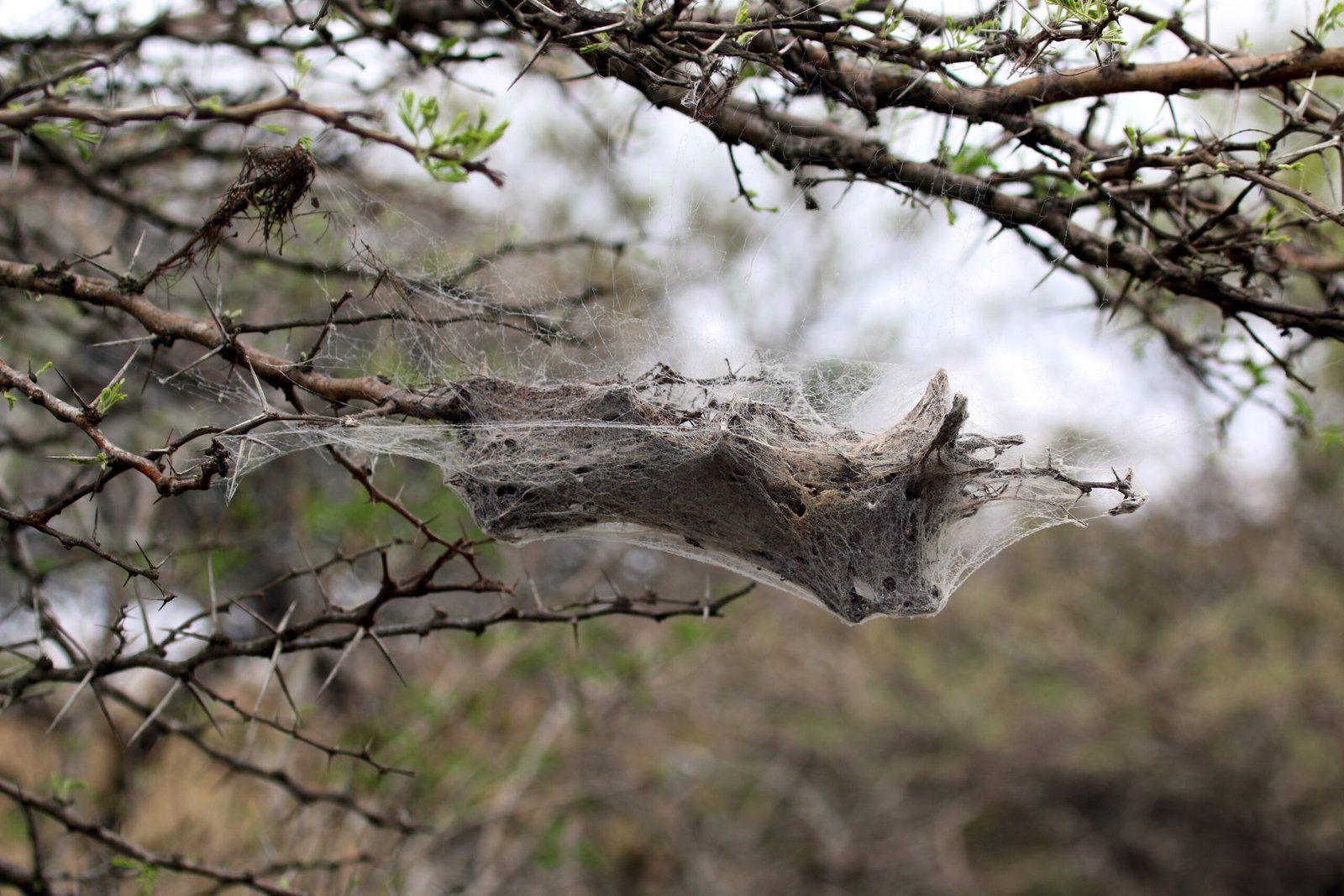
In the intricate dance of predator and prey, social spiders have carved out a unique niche. Their communal webs enable them to capture a wide range of insects, from flying moths to crawling beetles. By working together, they can tackle prey that would be too challenging for a single spider. This cooperative hunting strategy not only ensures a steady food supply but also reduces the risk of injury or failure. The dynamic between predator and prey in social spider colonies highlights the evolutionary advantages of teamwork and specialization.
Challenges of Cooperative Living
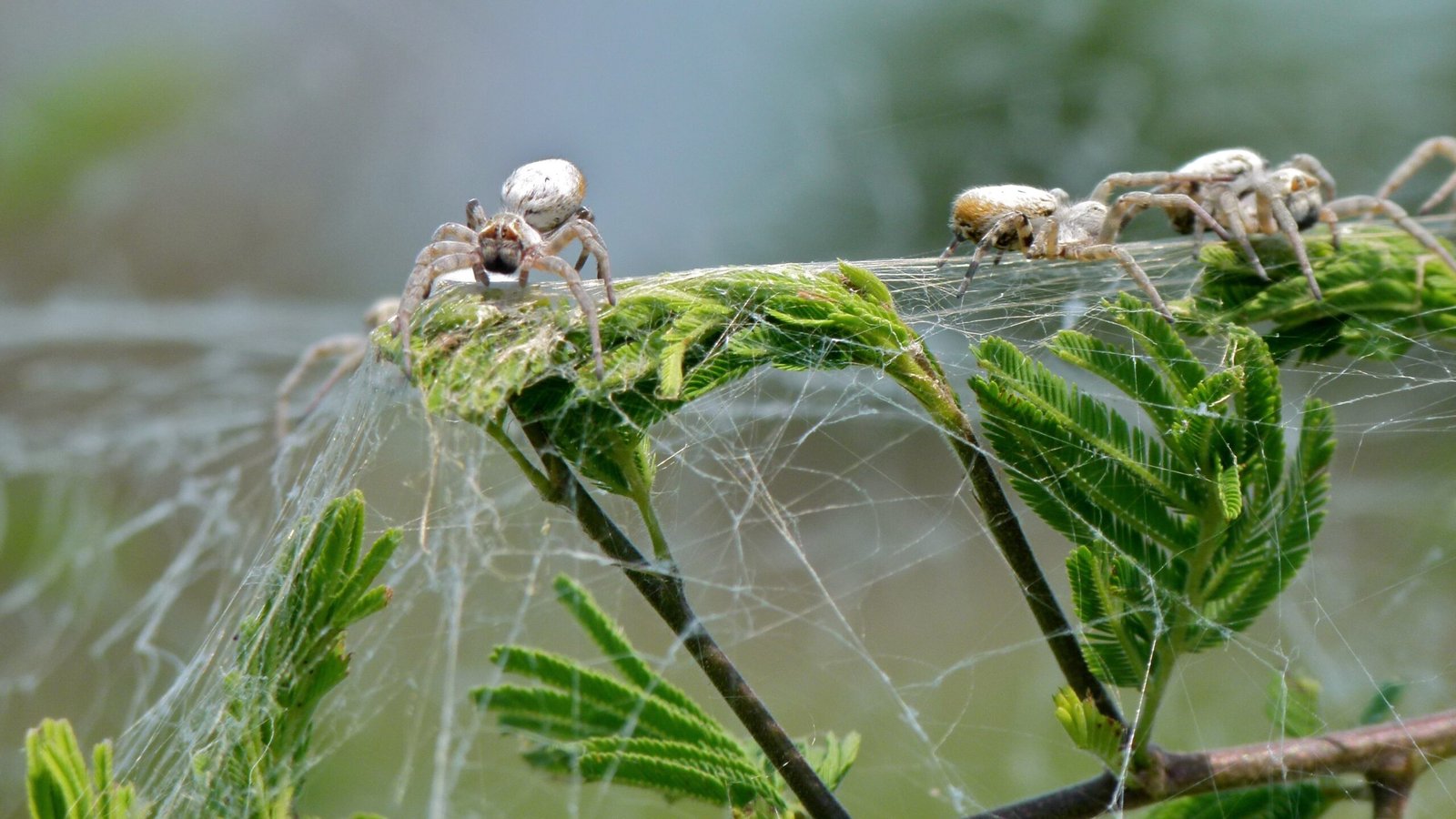
While social living offers numerous benefits, it also presents challenges that solitary spiders do not face. Competition for resources, risk of disease spread, and the need for constant communication are just a few hurdles social spiders must overcome. Balancing individual needs with the colony’s welfare requires a delicate equilibrium, and conflicts can arise when resources are scarce. Despite these challenges, social spiders have thrived by developing strategies that promote cooperation and minimize conflict, illustrating the complex dynamics of communal life.
Survival Strategies in Changing Environments
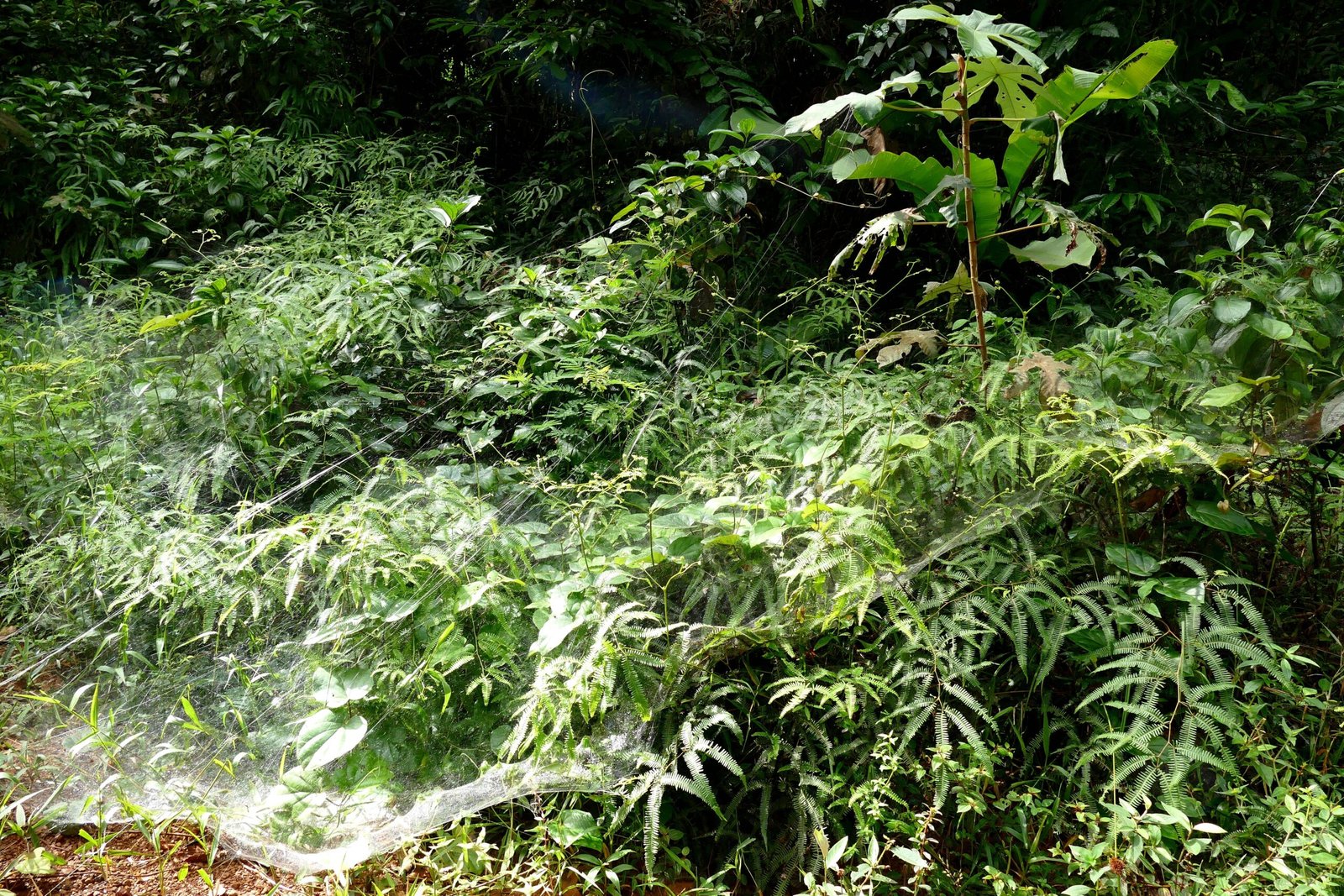
As the environment changes, social spiders must adapt to ensure their survival. Their ability to work together provides a significant advantage in coping with environmental fluctuations, such as changes in prey availability or habitat conditions. By adjusting their web-building techniques and hunting strategies, social spiders can maintain their colonies even in challenging conditions. This adaptability highlights the resilience of social spiders and their capacity to thrive in diverse environments, offering lessons in the importance of flexibility and cooperation.
The Evolutionary Advantage of Sociality
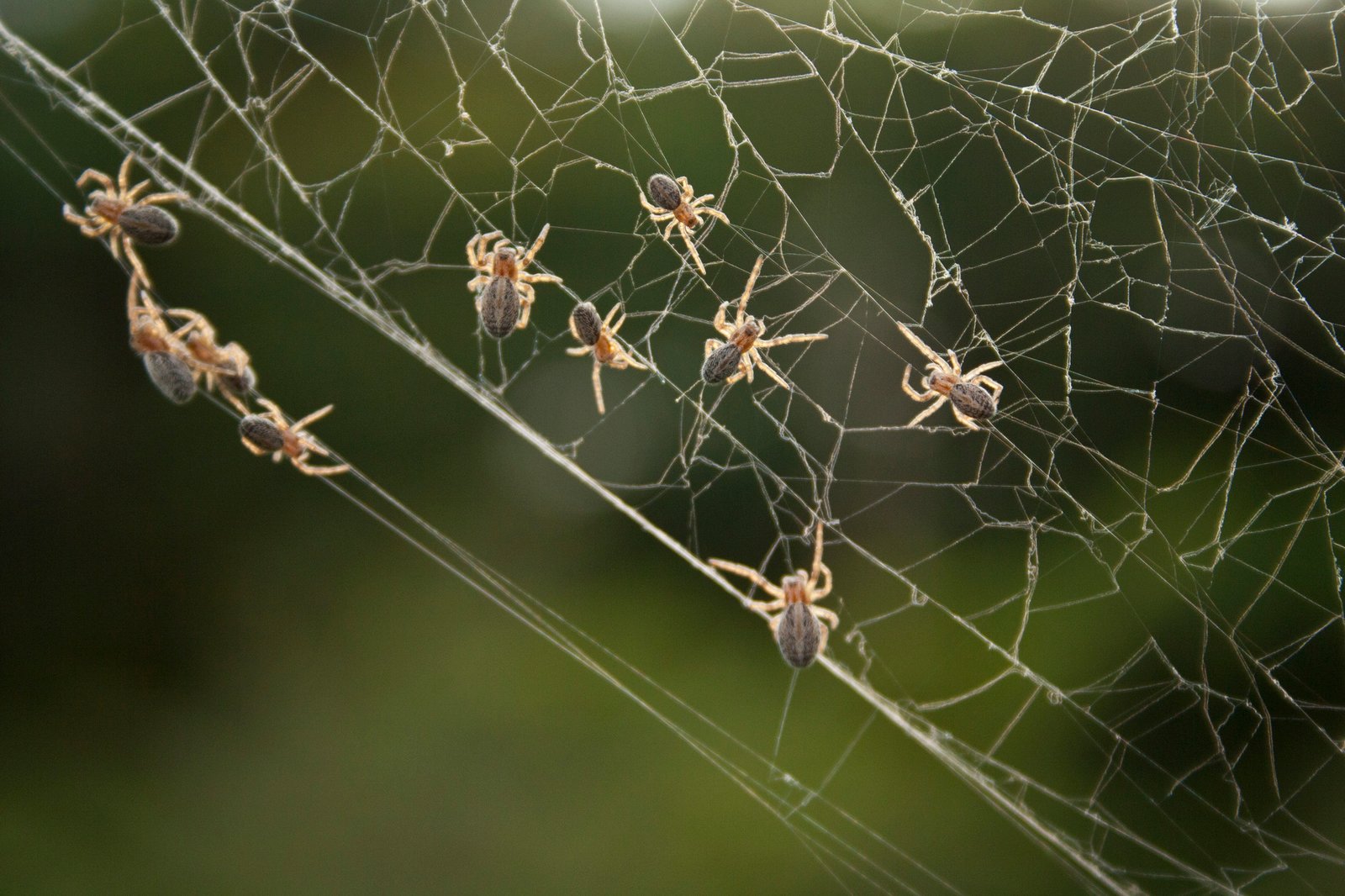
The social behavior of spiders offers a fascinating glimpse into the evolutionary benefits of cooperation. By living in colonies, social spiders can exploit resources more efficiently, protect each other from predators, and ensure the survival of their young. This social structure has evolved independently in several spider species, suggesting that the advantages of cooperation outweigh the challenges. The success of social spiders underscores the evolutionary principle that collaboration can drive survival and adaptation in the natural world.
Lessons from the Web: What Social Spiders Teach Us

Social spiders provide a unique perspective on the power of teamwork and the benefits of living cooperatively. Their intricate webs and communal lifestyles serve as a reminder of the strength found in unity and the potential for collaboration to overcome challenges. As we observe these remarkable creatures, we are reminded of the importance of working together, whether in nature or in our own lives. The social spiders’ world offers valuable insights into the ways cooperation and communication can lead to success, inspiring us to embrace the power of community in our own endeavors.




